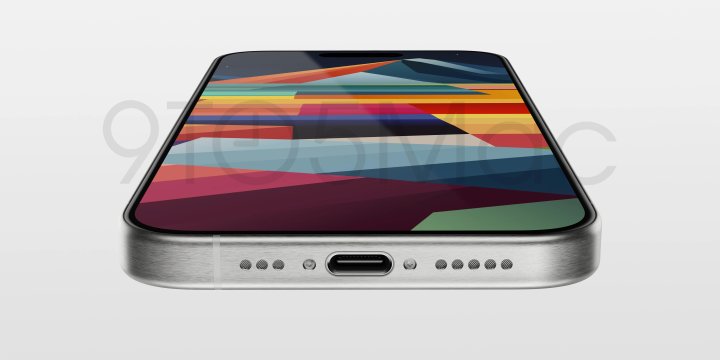
I’m trying to ignore all the chatter around the introduction of USB-C on the iPhone 15. The only way its arrival will have any impact on my life is if it provides faster charging, and while this is a much-needed feature, it may also be the beginning of confusion, disappointment, and further big bills around charging the iPhone at the highest speed.
How do I know? Because I’ve used Android phones.
USB Type-C is coming
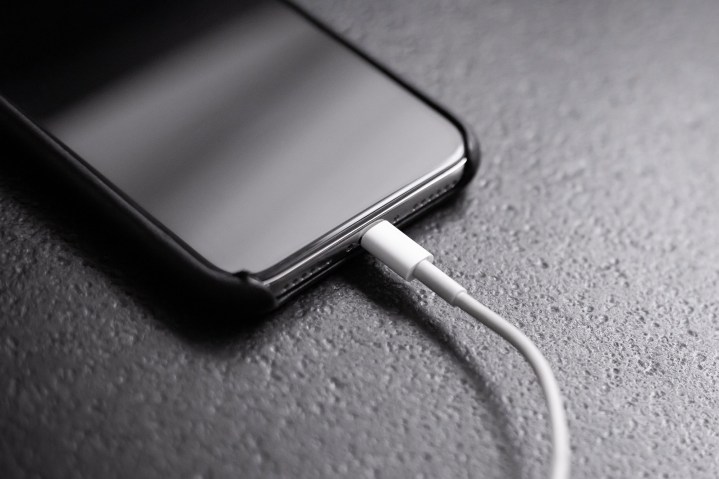
It seems a foregone conclusion that USB Type-C will be found on the bottom of the iPhone 15 when it launches on September 12. Rumors and renders of the device aside, the legislation from the EU regarding common device chargers is forcing Apple’s hand, so if it doesn’t do it now, it’ll have to do it in the very near future. May as well just get it over with.
Cables and ports are not exciting, so I’ve struggled to care at all about the swap from Lightning to USB-C. I have a massive, twisted nest of cables in a drawer, which means I’m personally never without the right charging cable in practically any circumstance. However, if the introduction of USB-C facilitates the introduction of truly fast charging on the iPhone 15, then I’ll be paying a lot more attention.
The iPhone 14 Pro supports “fast” charging, provided you own an Apple charging block capable of putting out 20 watts or more, but it still takes more than an hour to fully recharge. MagSafe wireless charging is slower as it maxes out at 15W with a compatible wireless charger — or 7.5W with a standard Qi wireless charger. For comparison, the OnePlus 11’s 80W wired charger takes the 5,000mAh battery to full in 30 minutes. It’s one of the fastest-charging phones we’ve tried, and I’d love to have that kind of performance on the next iPhone too.
Android shows us where it could go wrong
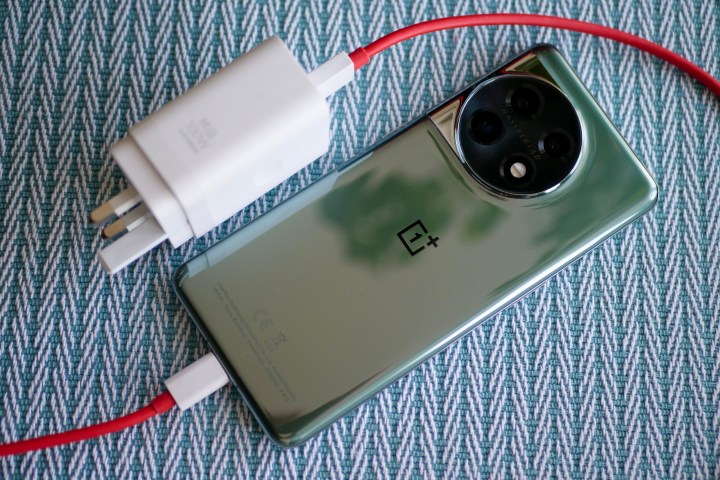
But when I really think about it, do I really want such a feature? Yes, and no. To get full-speed charging with the OnePlus 11, you must use the OnePlus charging block and special USB cable, both of which come in the box with the phone. Apple stopped supplying free chargers a few years ago, but does include a USB-to-Lightning cable in the box at the moment. If you use a different charger with the OnePlus 11, it still charges, but at a much slower speed.
If you buy a Samsung smartphone like the Samsung Galaxy S23 Ultra and want to use its Super Fast Charging feature, you have to own or buy a charging block that supports the USB PD 3.0 PPS standard at 45W and a 5A USB cable that also supports adaptive charging standards. If you don’t use both of these items, the phone will charge slowly. You have to pay $50 to get the right kit directly from Samsung.
A 20W Apple charging block is $19, and it’s another $19 again for a pitifully short, 1-meter USB-to-Lightning cable. While this isn’t that expensive, it’s a very ordinary charger. Apple’s 140W charging block for its MacBook laptops is its first gallium nitride (GaN) adapter, and it supports the USB-C PD3.1 standard, making it much more modern and capable. It costs $100 without a cable.
Confusing, time-consuming, and expensive
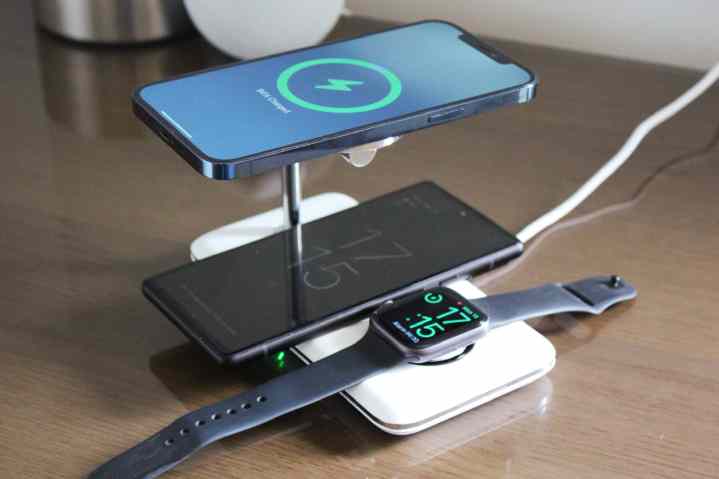
It’s extremely unlikely Apple will supply a charging block with the iPhone 15. And if it does introduce fast charging through USB Type-C, you will certainly have to buy a new charger and cable to take advantage of it. While Apple will make it fairly easy to buy the right equipment, if the 140W charging block is anything to go by, it won’t be cheap. But you could always buy a non-Apple charger, right?
But fast charging an Android phone using third-party equipment can be a nightmare, as it’s often difficult to confirm if the right standards are supported by the charger and cable you’re looking at, and that assumes the phone manufacturer has made finding the specs required easy in the first place. Many don’t because they want you to buy the original equipment directly. In the case of brands like OnePlus, you have to buy original equipment anyway because it’s proprietary technology that enables fast charging.
I hope I’m wrong about all this and don’t end up longing for the return of a Lightning port.
If all that wasn’t enough, there have also been rumors that Apple has considered restricting fast charging, and even fast data transfer speeds, to USB-C cables produced under its Made for iPhone program, limiting usage even further unless you buy specific new equipment. The EU took a very dim view of this and even commented on the situation despite it not being confirmed, saying this action would not meet requirements.
It can be a confusing, time-consuming, and often expensive endeavor to try to get the right fast-charging equipment for a modern Android phone. The introduction of USB-C on the iPhone 15 may mean that joy is to come for new iPhone owners too. It’s sometimes tempting to give up and use the charger you have already and just live with slow charging, but there are times when fast charging is very helpful — and it can even be life-changing when enabled.
What will happen?
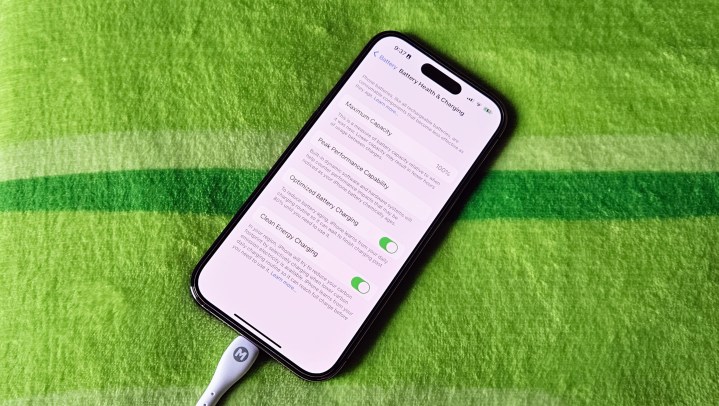
There’s further doom and gloom around Apple and its plans for USB Type-C on the iPhone 15. Technically, it does not have to comply with any rules around it until the very end of 2024, when the EU law will come into play, so it could potentially do exactly what it likes with cables, chargers, and charging speeds now with the iPhone 15 and even the iPhone 16, then worry about 2024 when it comes along. It may only need a software update to bring devices into line should it be faced with no choice, adding yet another layer of confusion for buyers.
Apple will undoubtedly present any introduction of USB Type-C and a fast charging feature clearly and concisely, but underneath it will be a complicated web of technology standards, legal considerations, and a need to continue making money from the sale of official and certified accessories. Worse, anything it does now could change again this time next year — and again the year after that. I’d love to see fast charging on the iPhone, but I’d also like it to be a simple, cost-effective system for everyone. Experience with Android phones tells me it may not happen.
I hope I’m wrong about all this and don’t end up longing for the return of a Lightning port, especially because the EU plans to do the same again for wireless charging in the future. Maybe we can look forward to having the same questions and concerns about MagSafe one day too.
Editors' Recommendations
- This is the iPhone concept of my dreams
- I found an amazing new way to use my iPhone 15 Pro Max
- Are you having iPhone alarm problems? A fix is coming soon
- Nomad’s new iPhone case and Apple Watch band may be its coolest yet
- 5 phones you should buy instead of the iPhone 15



